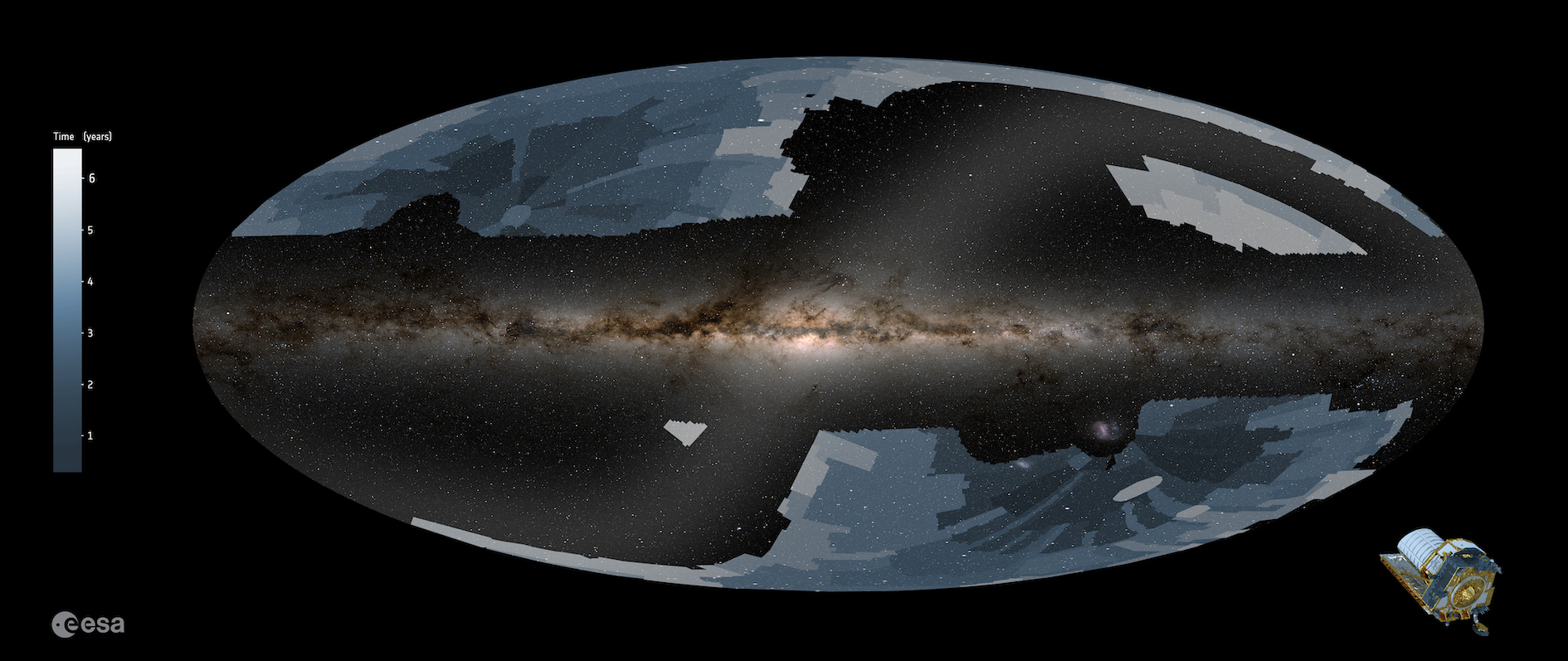
On 14 February, the Euclid space mission of the ESA, which launched into orbit last 1 July and in which Italy is participating with ASI, INFN, and INAF, started its exploration of the dark universe. Euclid's early months in space served work groups throughout Europe to launch, test, and prepare the mission for scientific observations. After the launch, immediately after switching on the Euclid instruments for the first time, the collaboration realised that there was a problem, consisting of a small quantity of unwanted sunlight reaching the Euclid Visible InStrument (VIS) at specific angles, even with the ship’s sun shield (its rear part) turned towards the Sun. Thanks to subsequent investigations, scientific, engineering, and industrial groups understood that, to eliminate this light, Euclid needed to observe with a different orientation in relation to the Sun, i.e. with a smaller rotation angle, so that the sun screen wasn’t directly turned towards the Sun. A new observation strategy, which involves doing more overlapping of adjacent observations, must, therefore, be developed, implemented, and tested. The work of optimising this new investigation strategy will continue hand-in-hand as the mission advances and the scientific results arrive. In the next two weeks, it is expected that the telescope will observe an area of 130 square degrees – more than 500 times the area of the full Moon – in the direction of the Caelum and Pictor constellations in the Southern Hemisphere. In the meantime, over the next year, Euclid will cover approximately 15% of the entire investigation area, and the relevant data will be released to the scientific community in the summer of 2026. But a first, partial release of data from the observations of deep fields is already expected for the spring of 2025.






